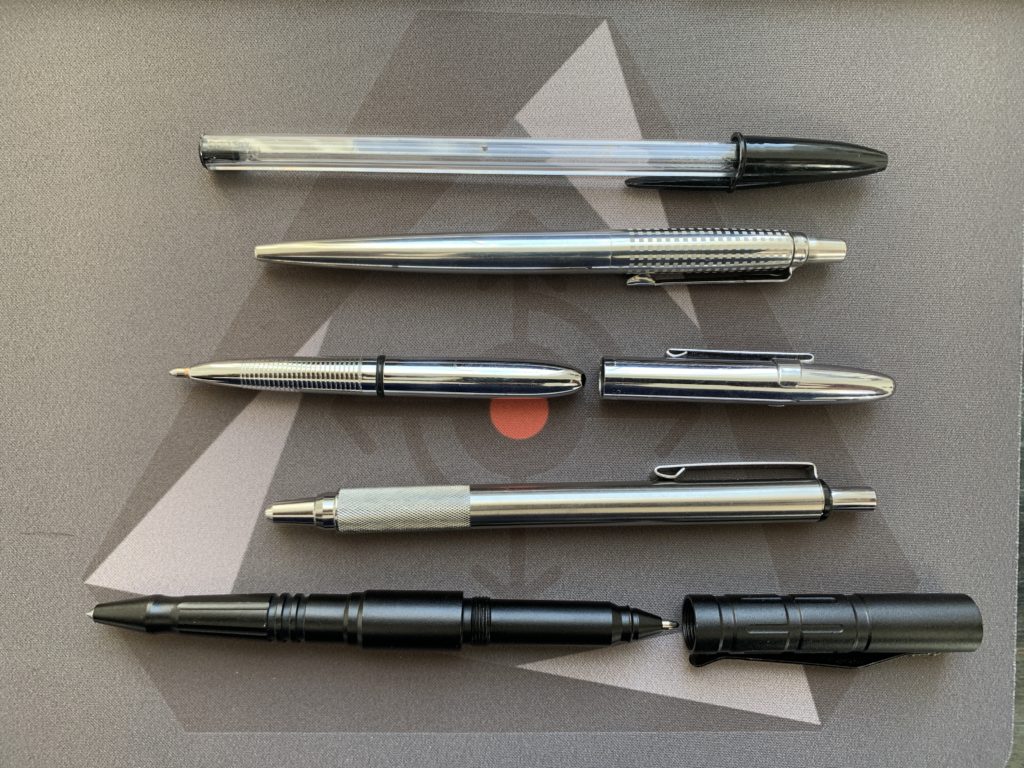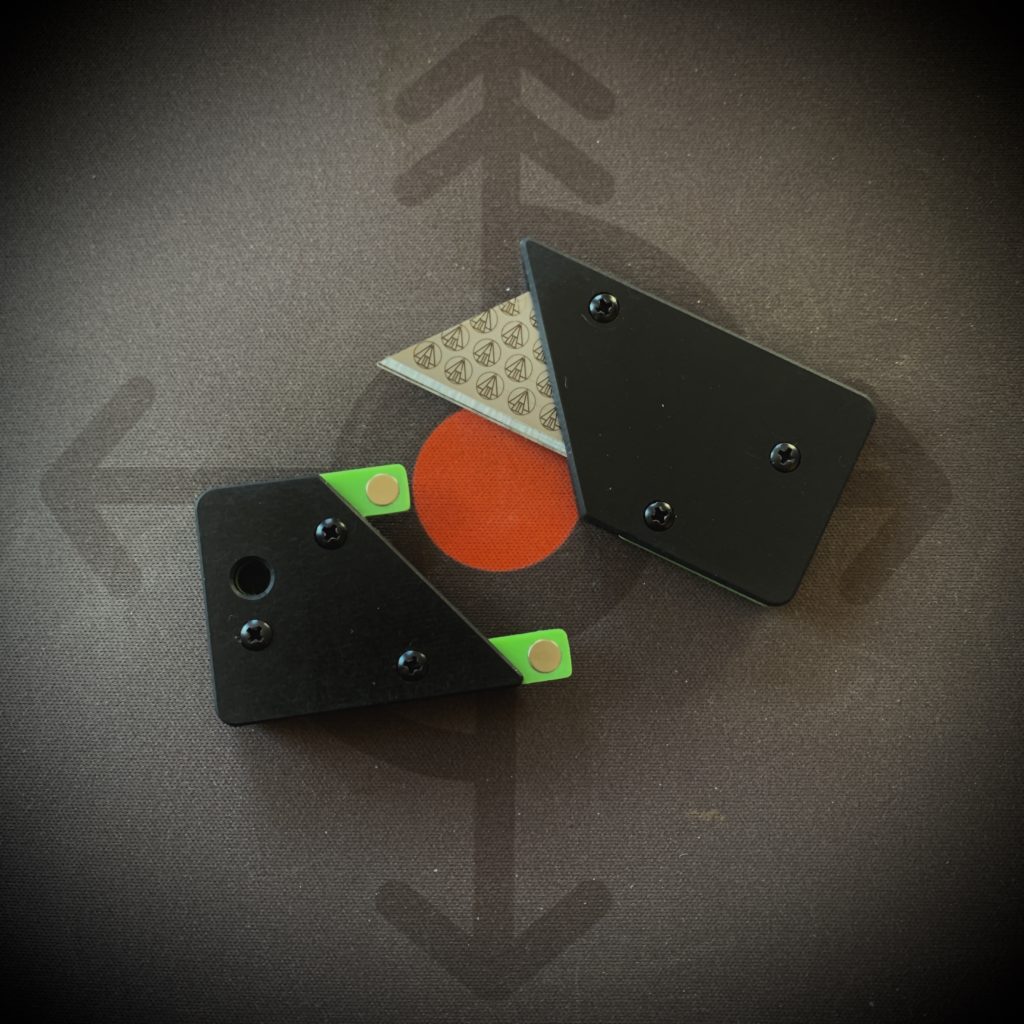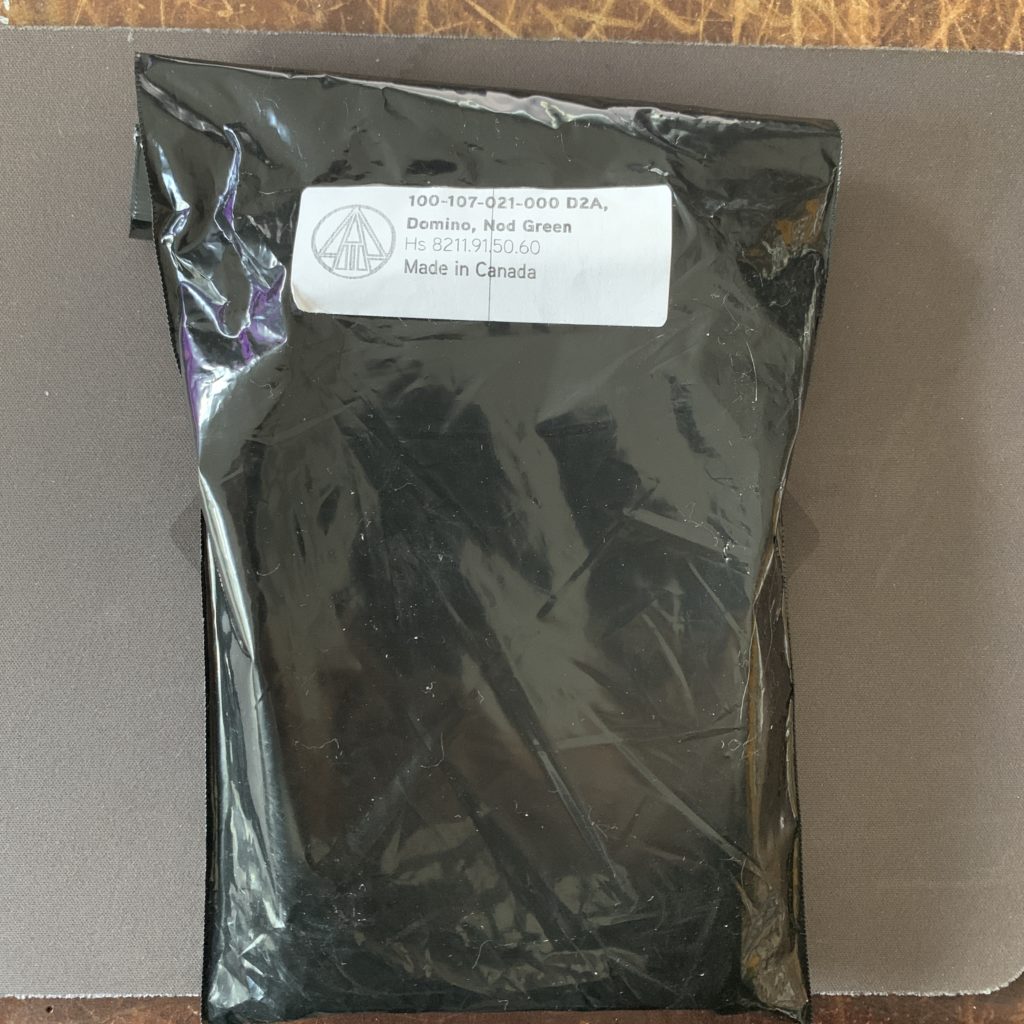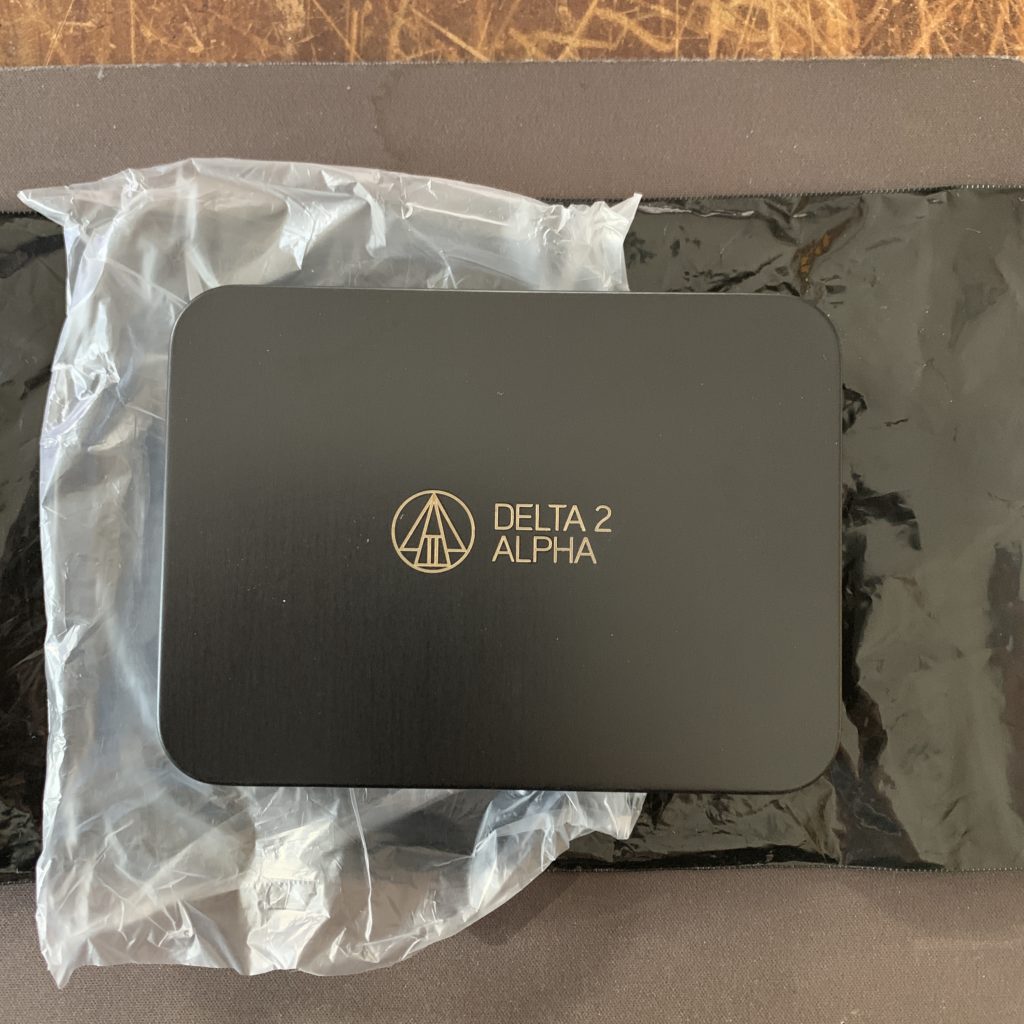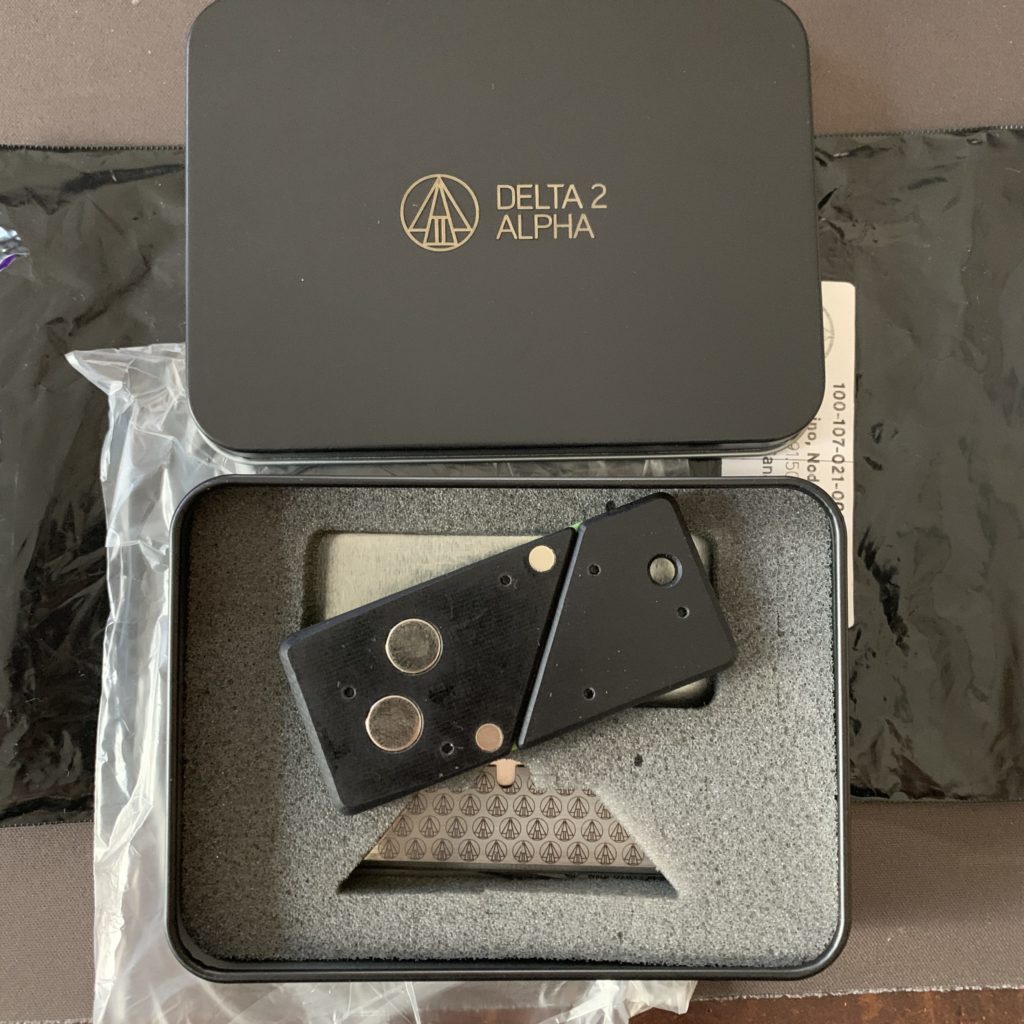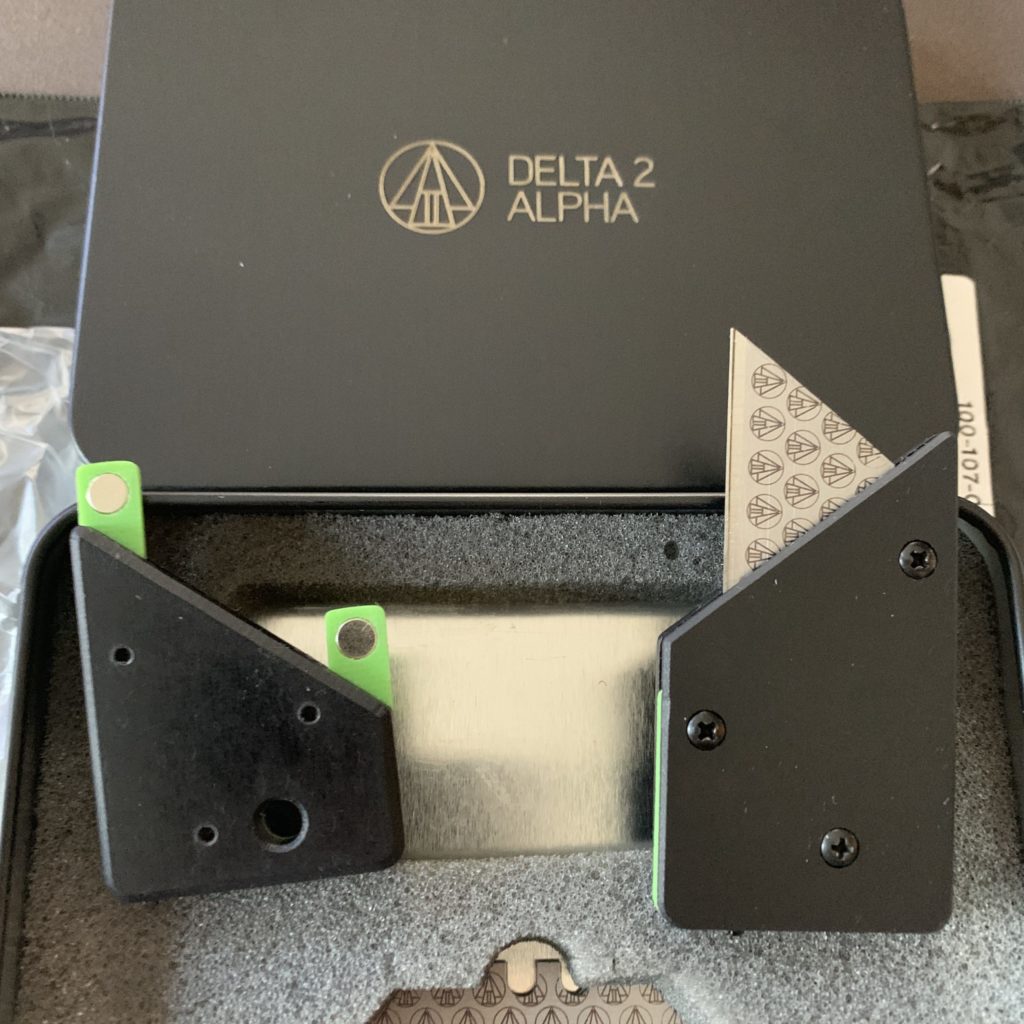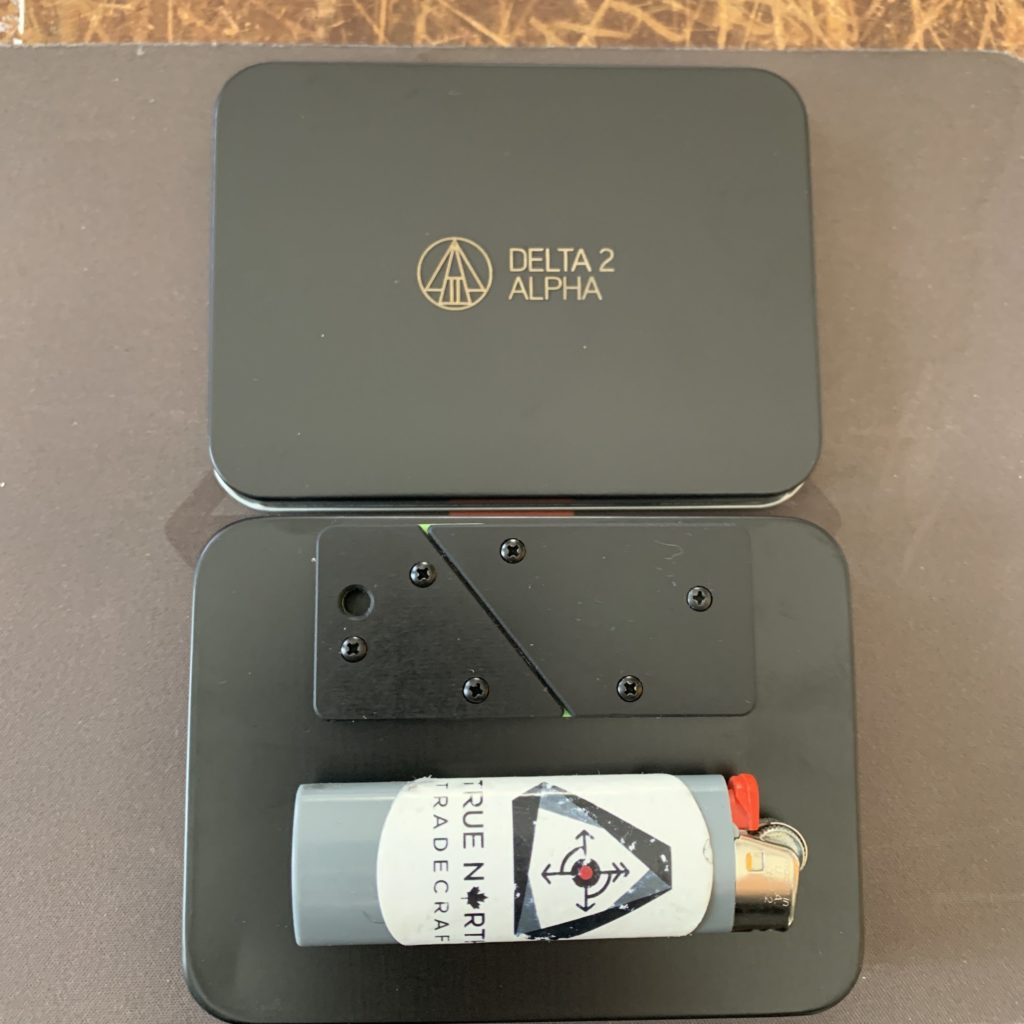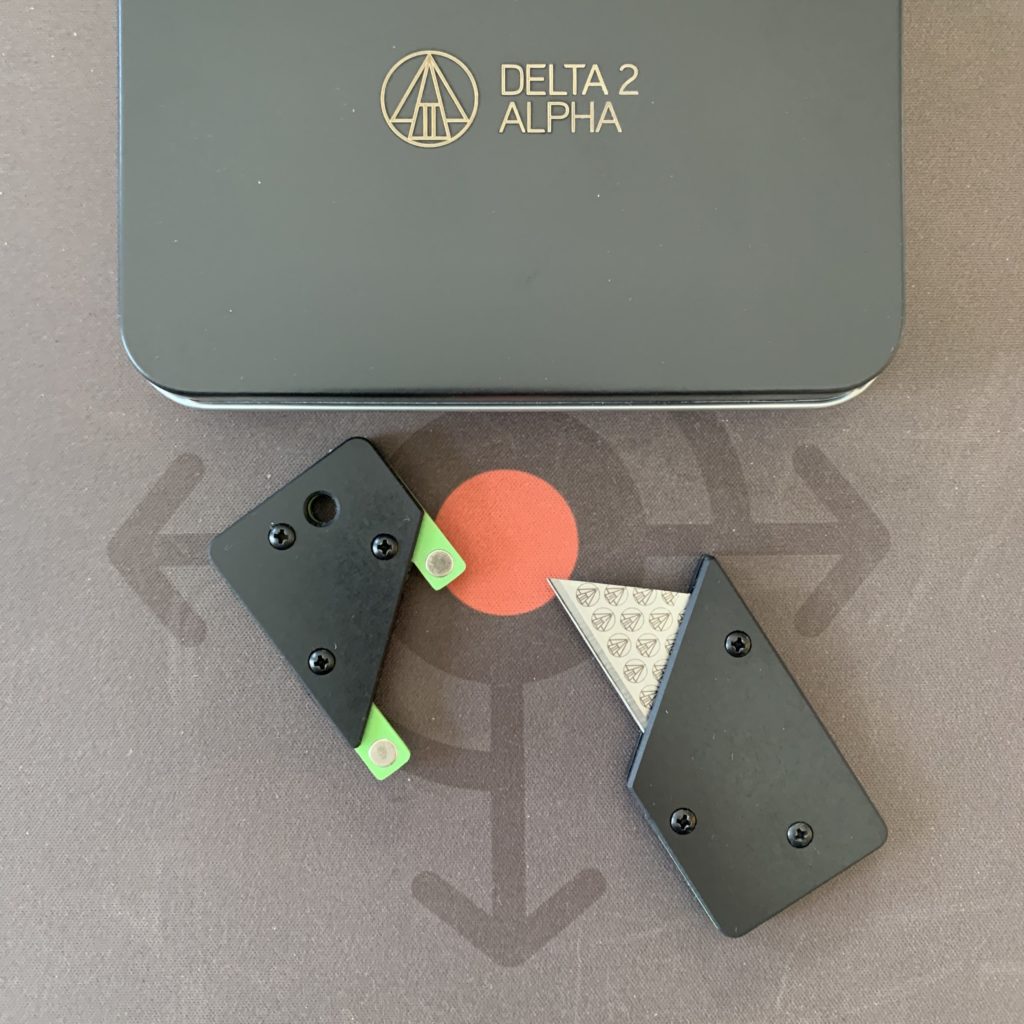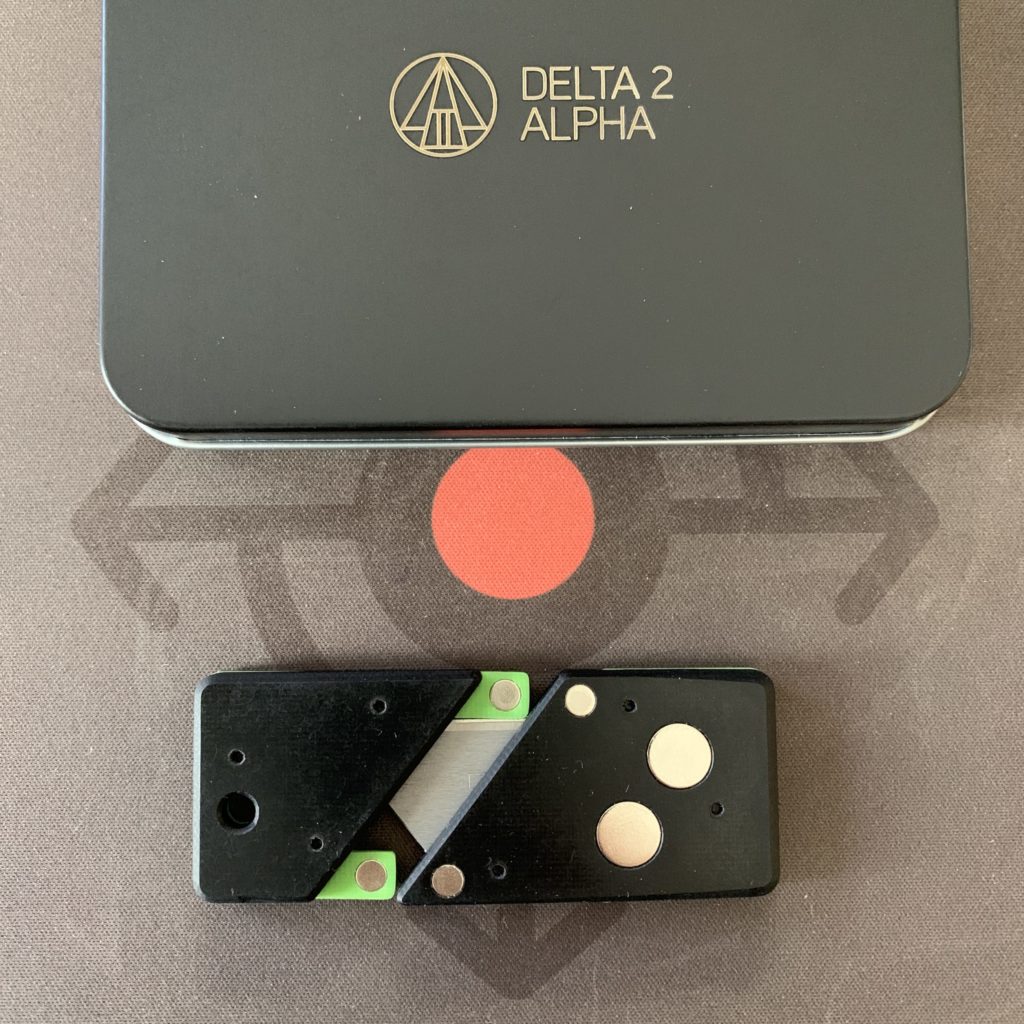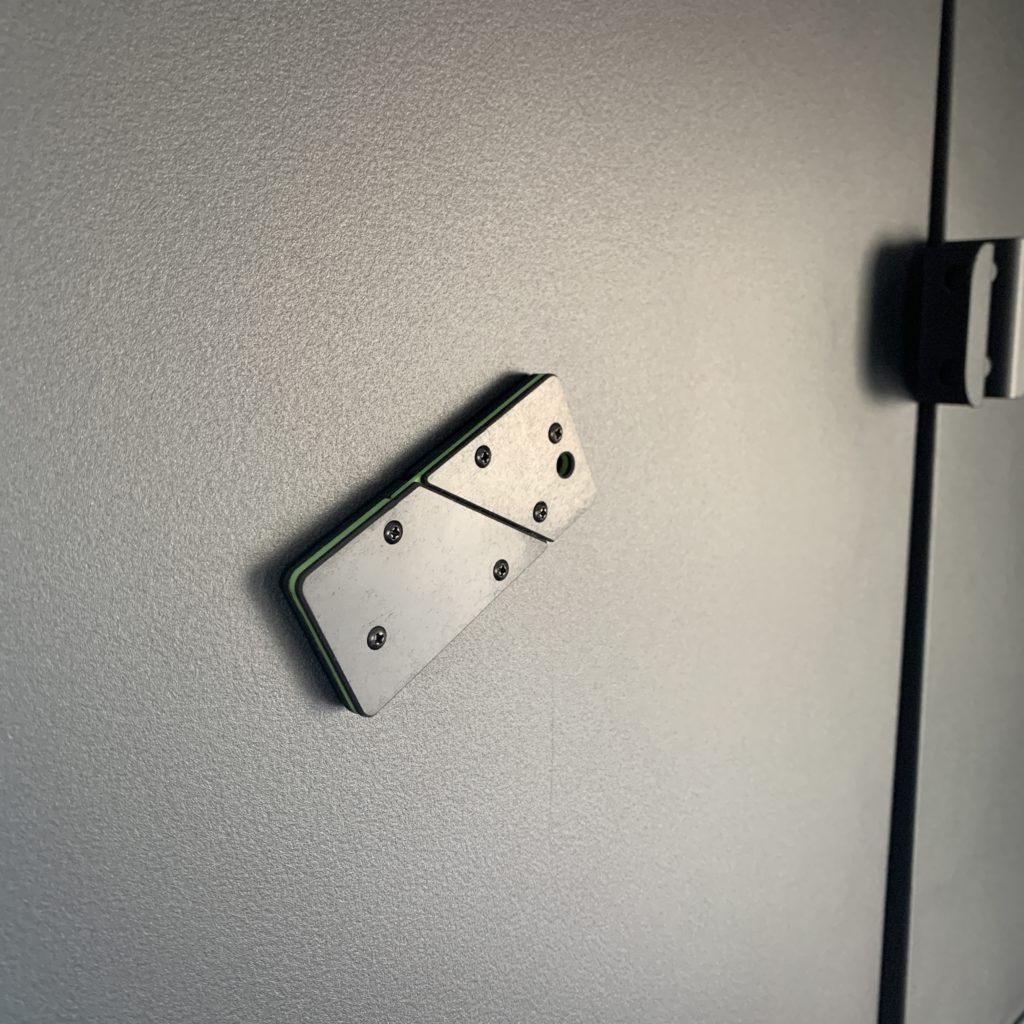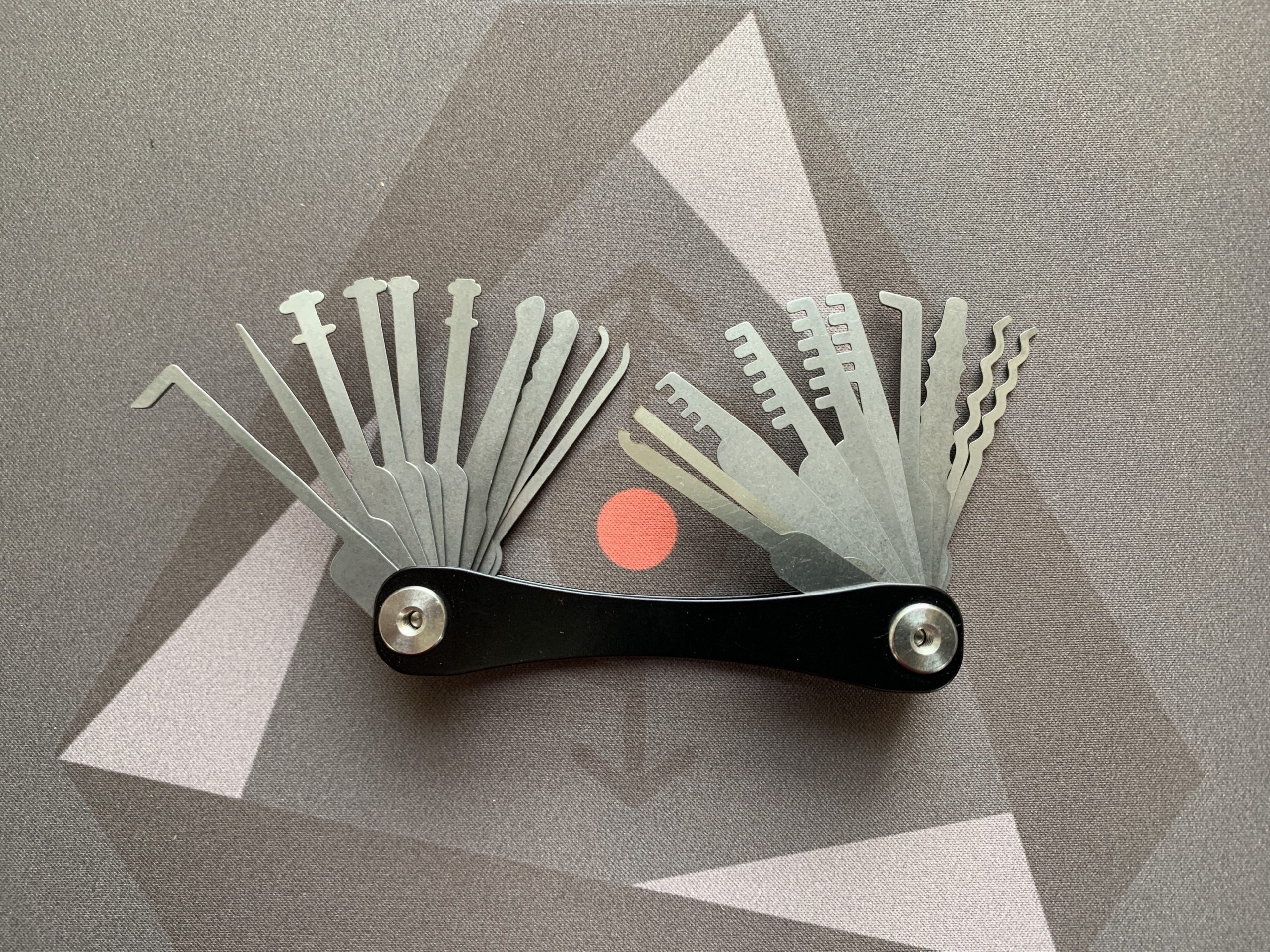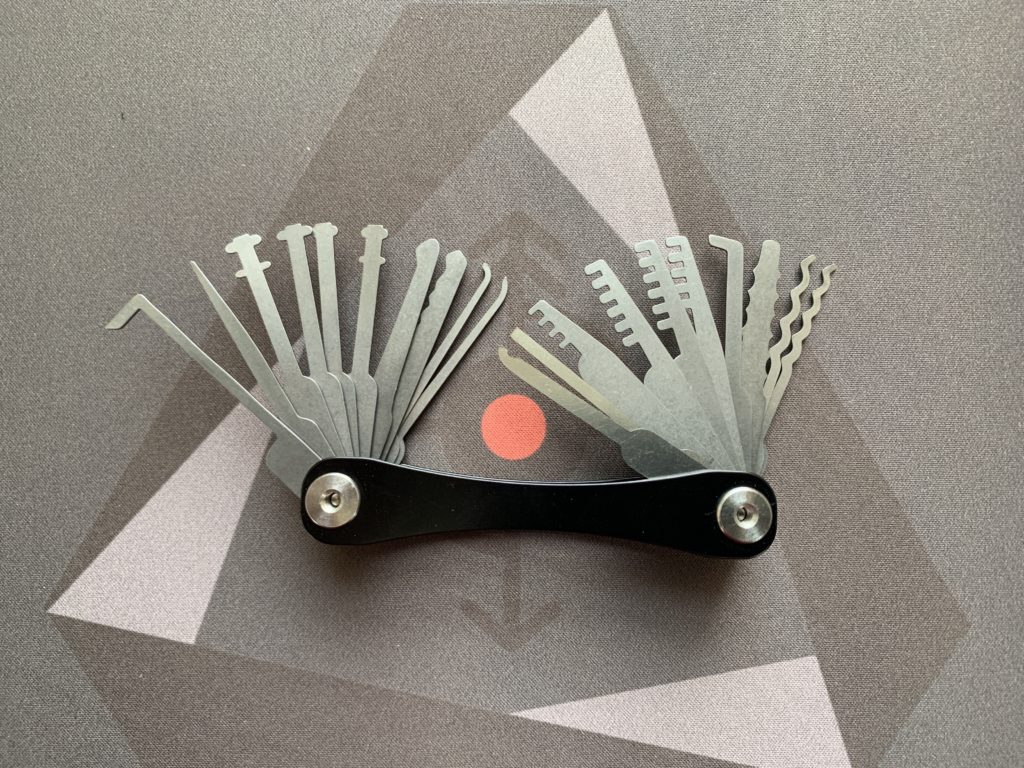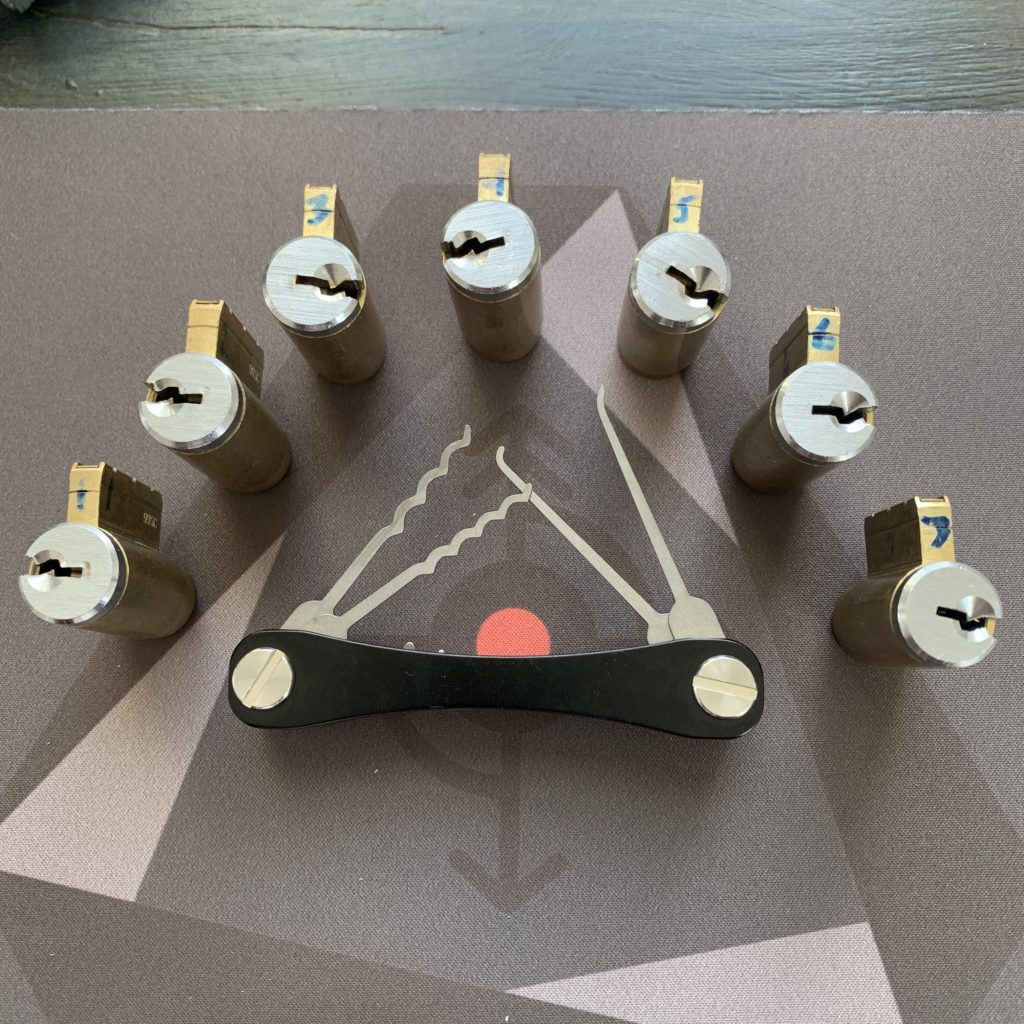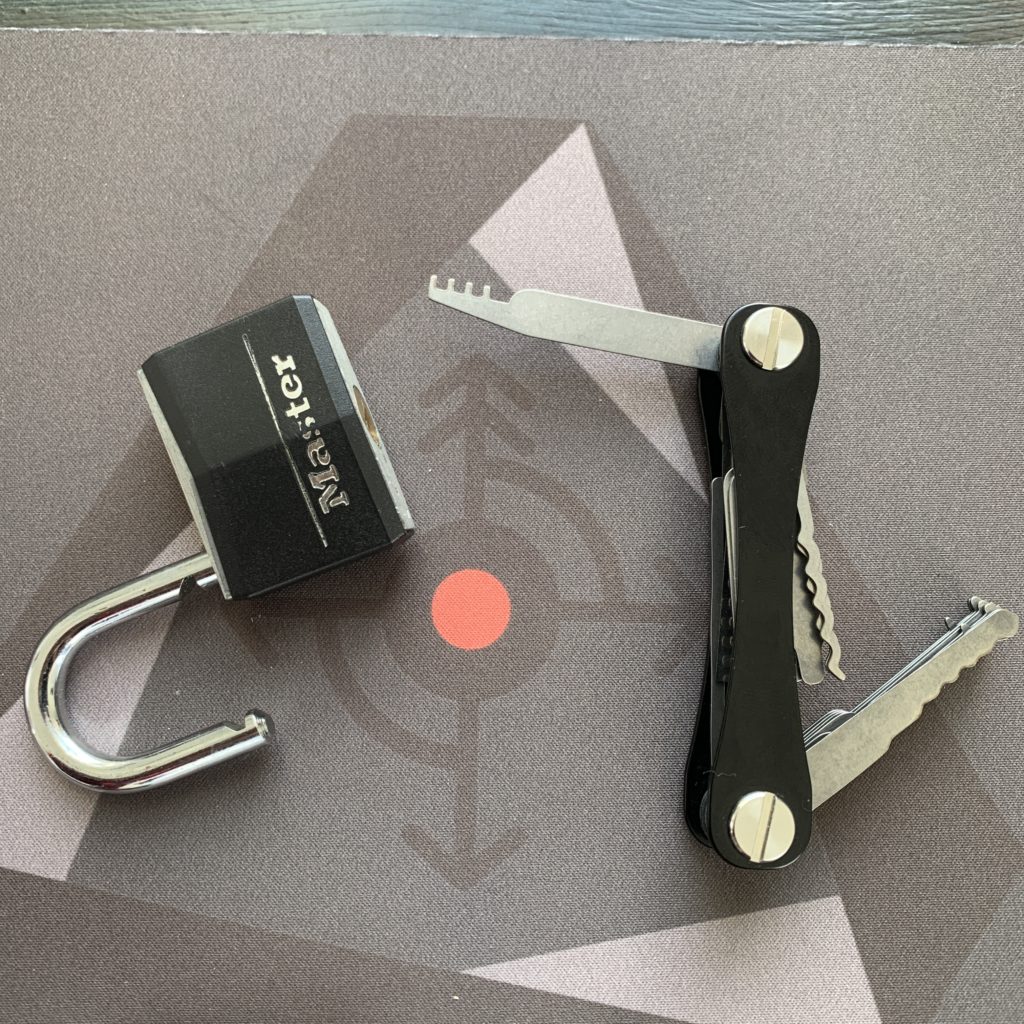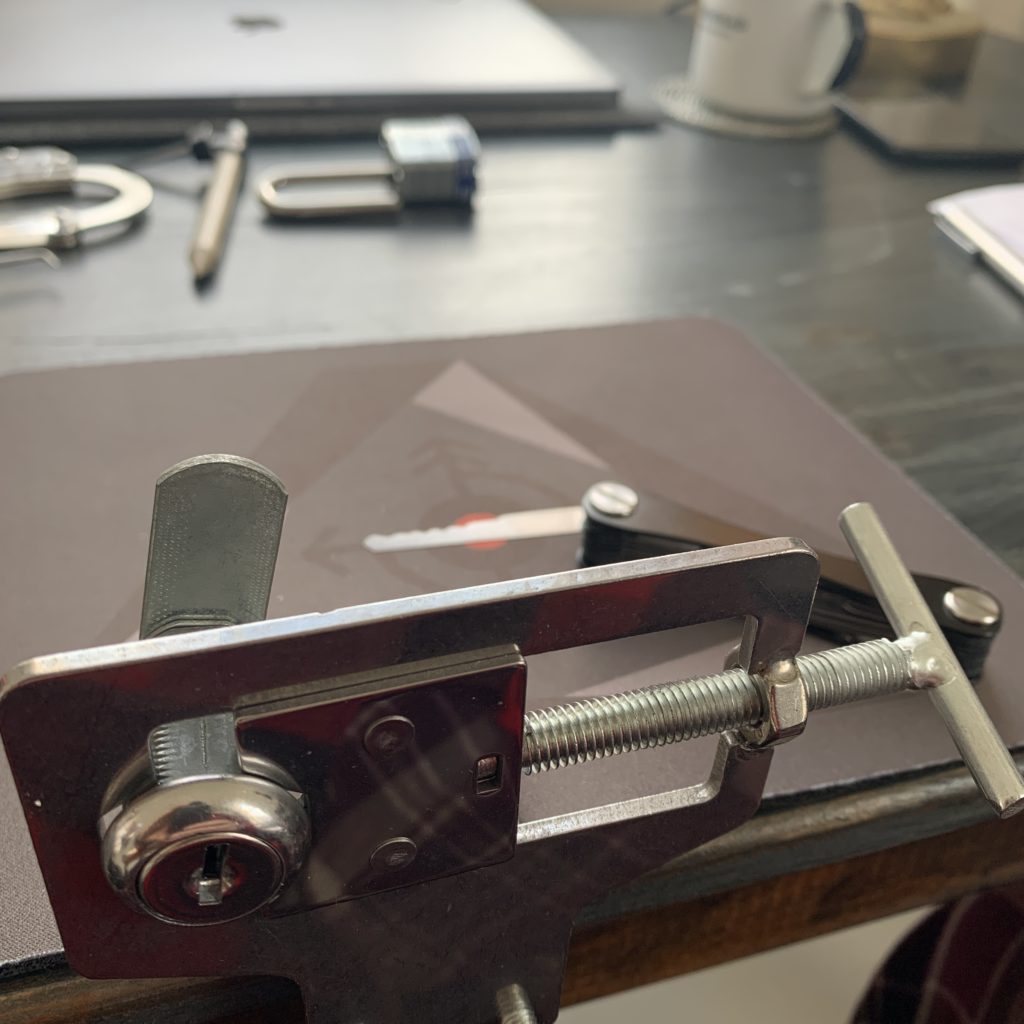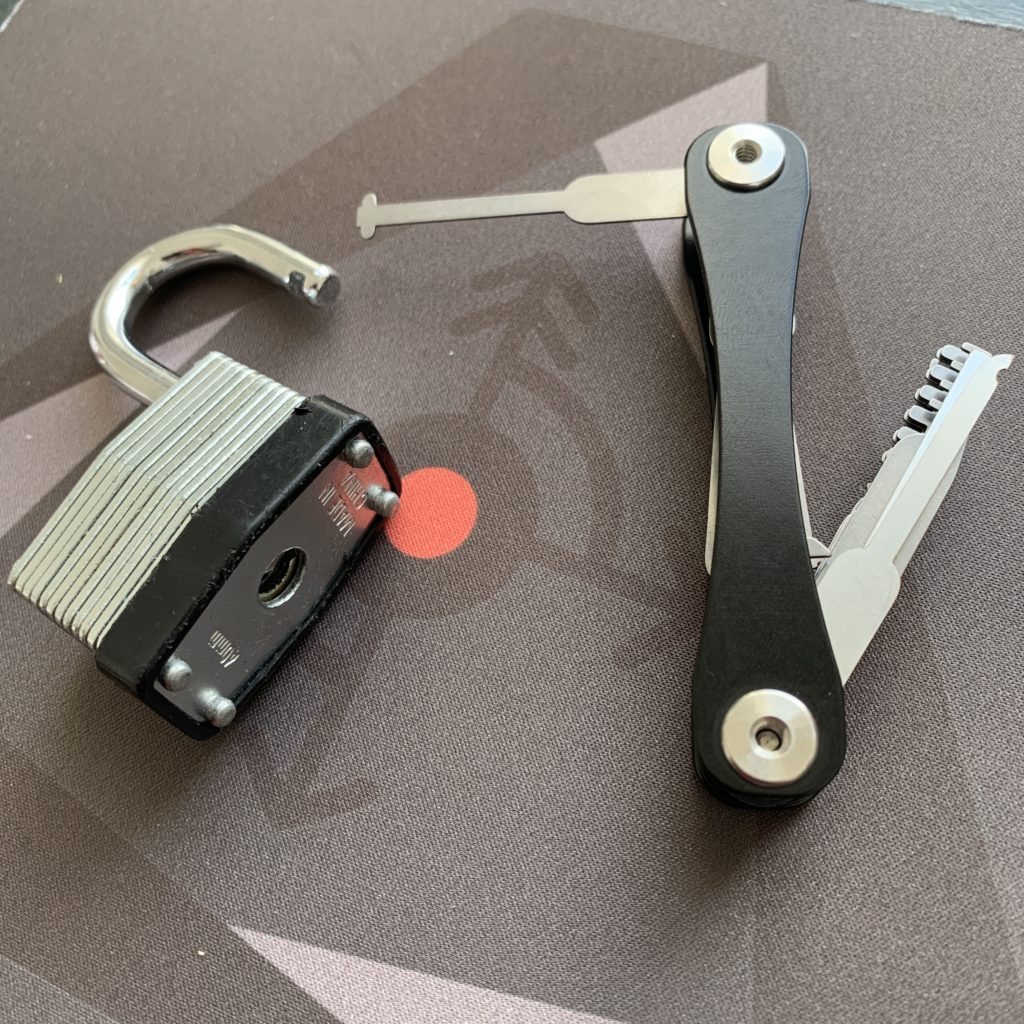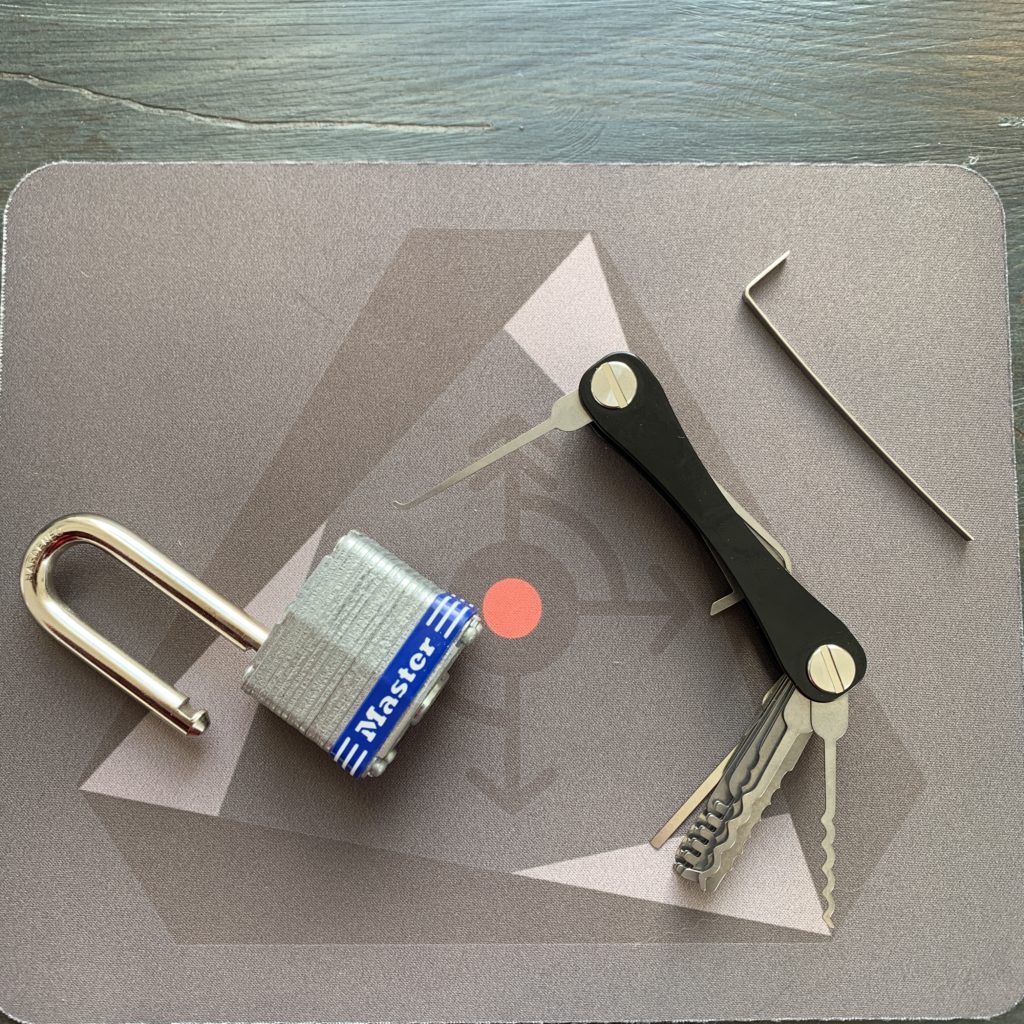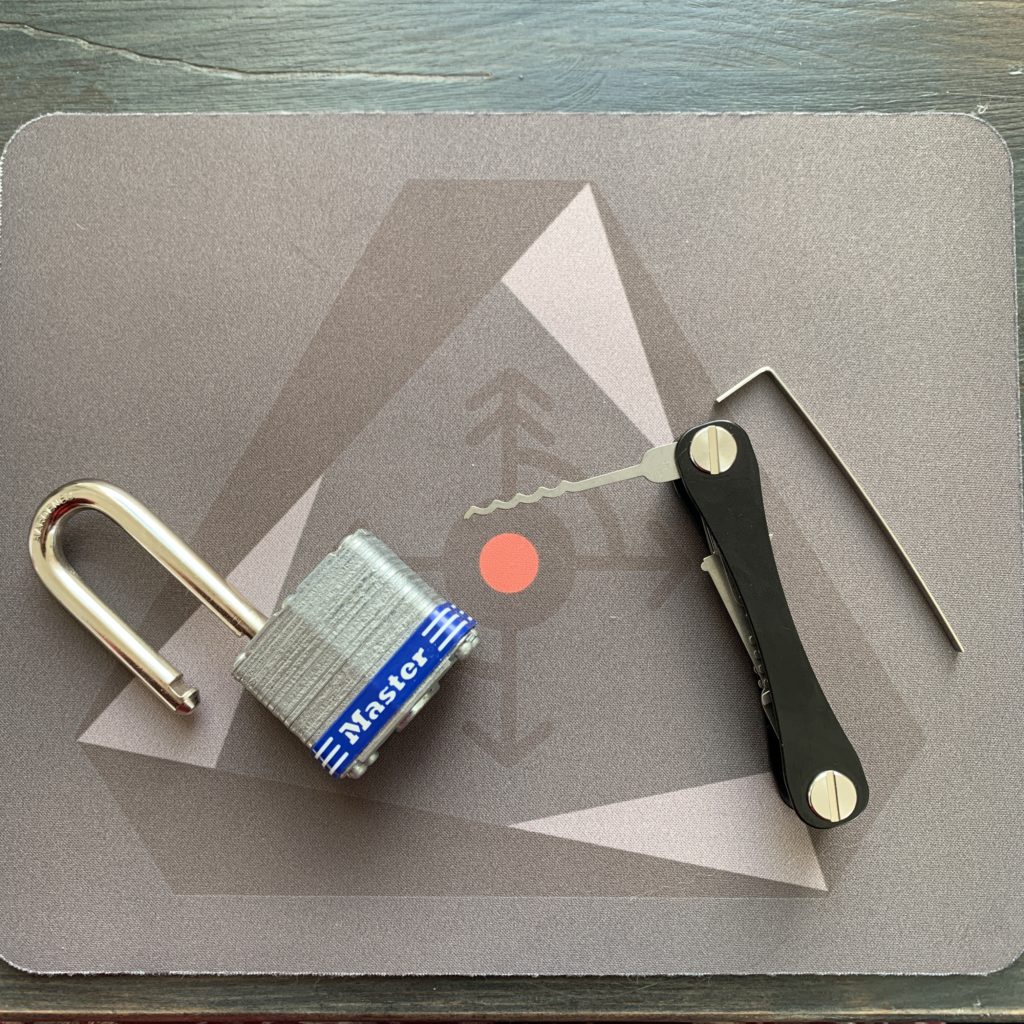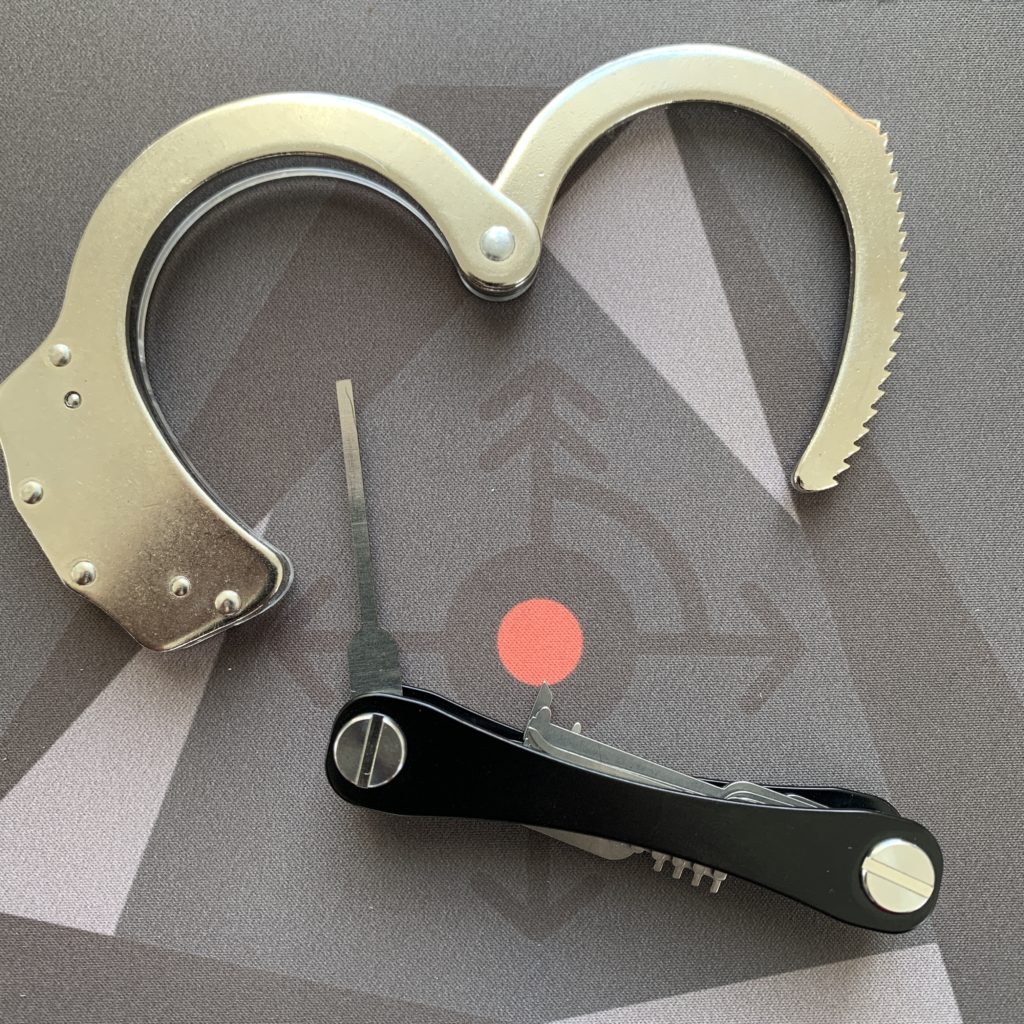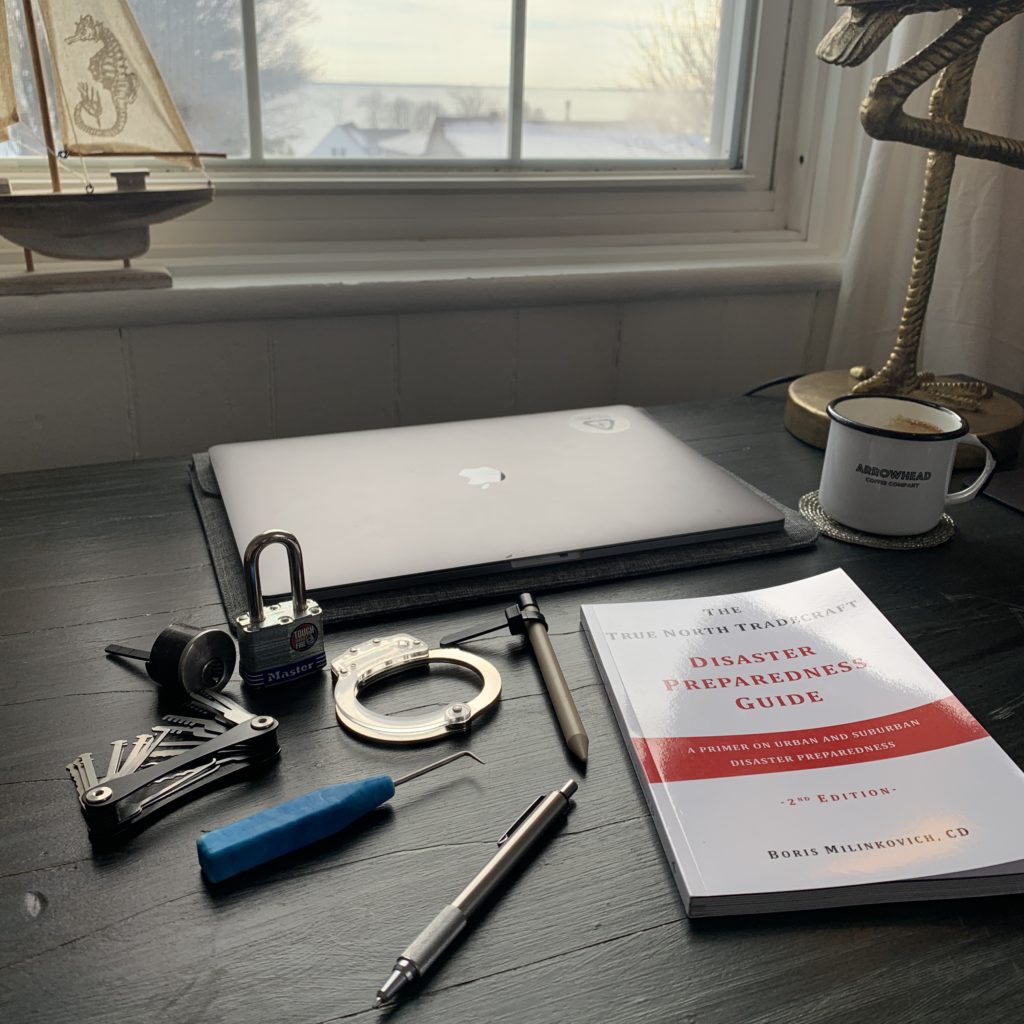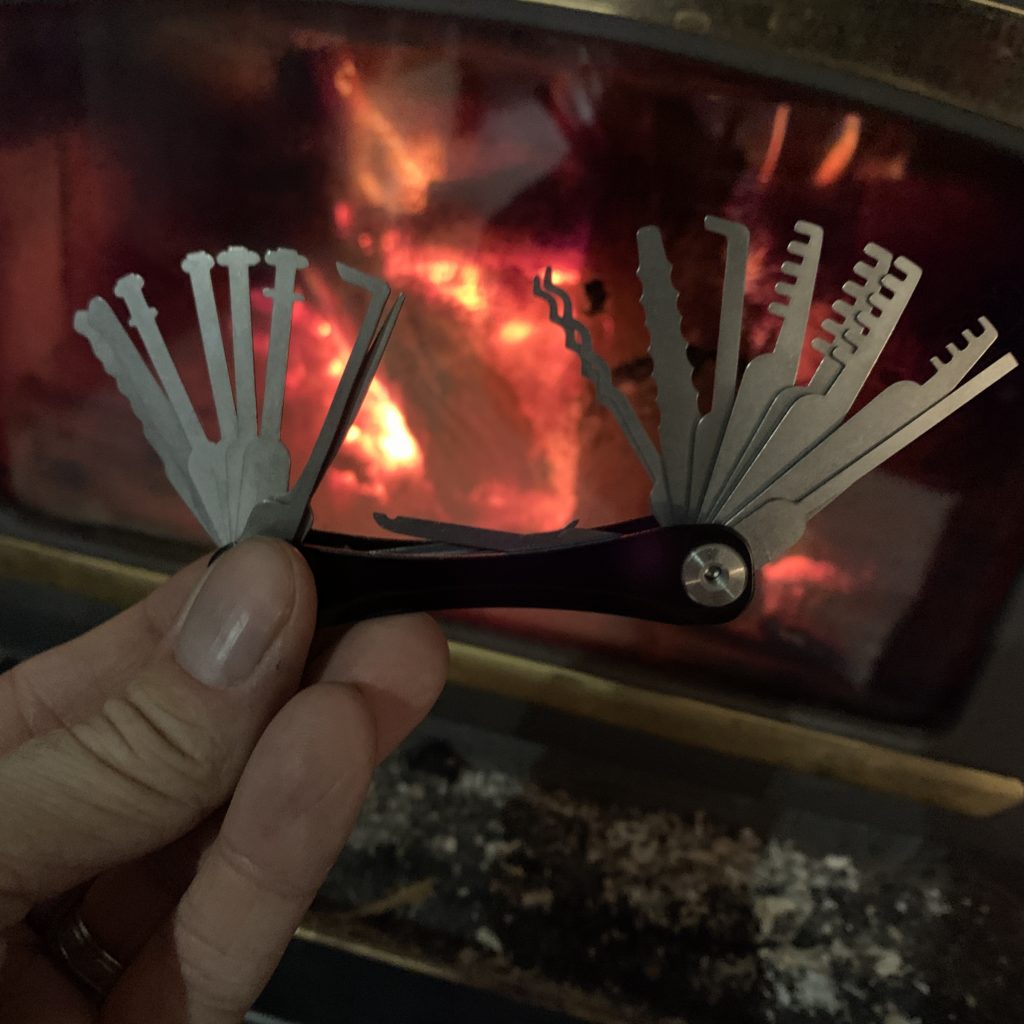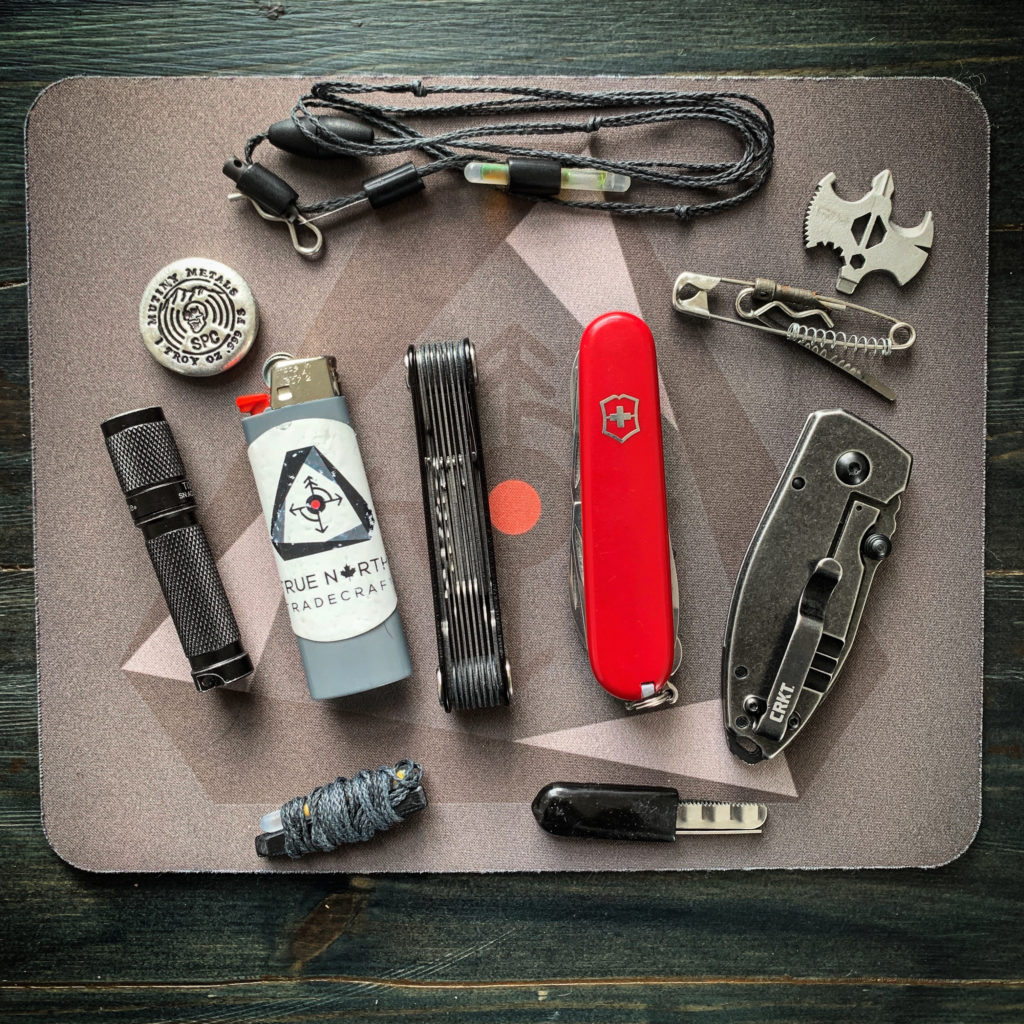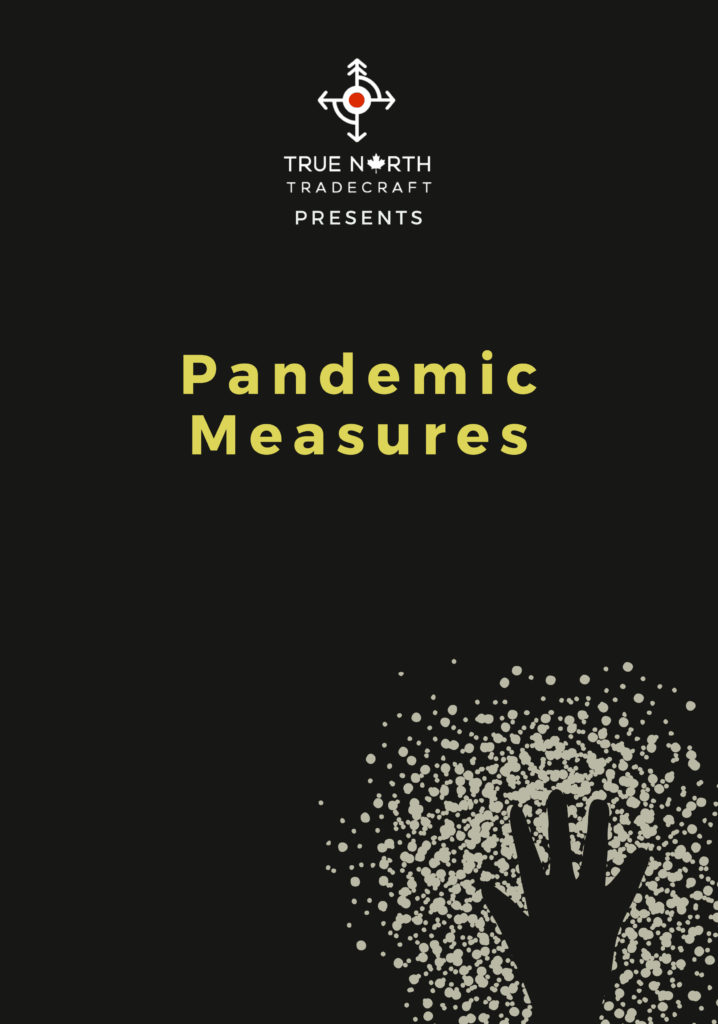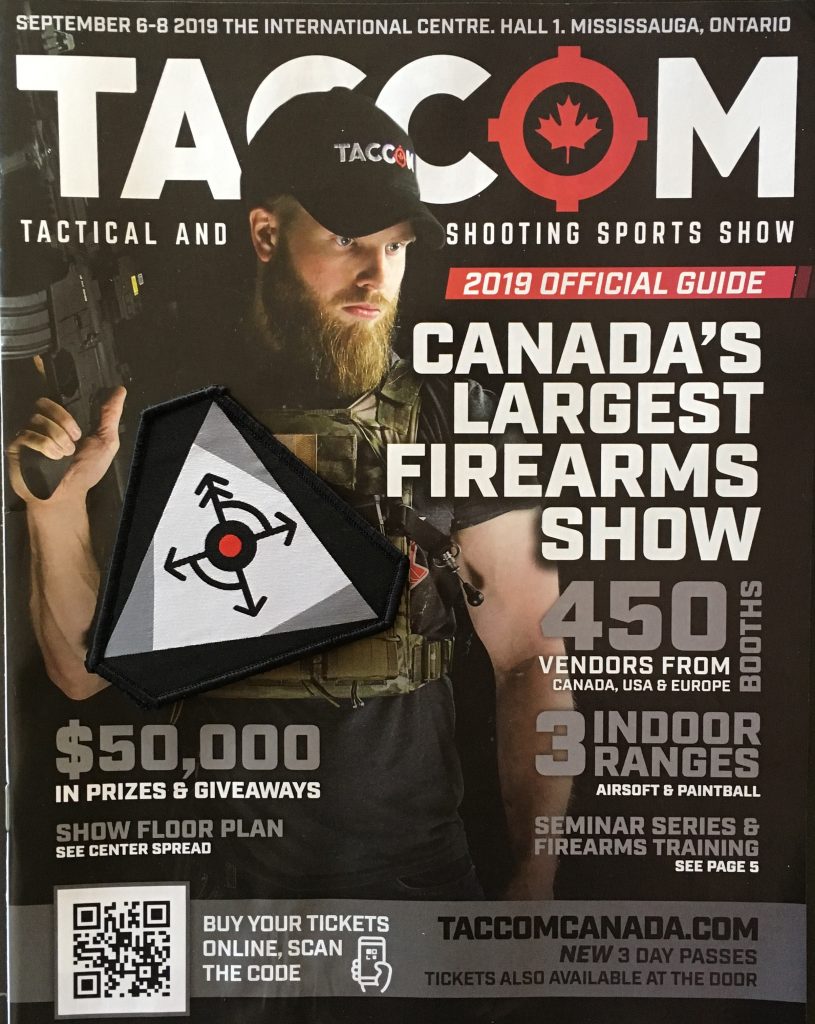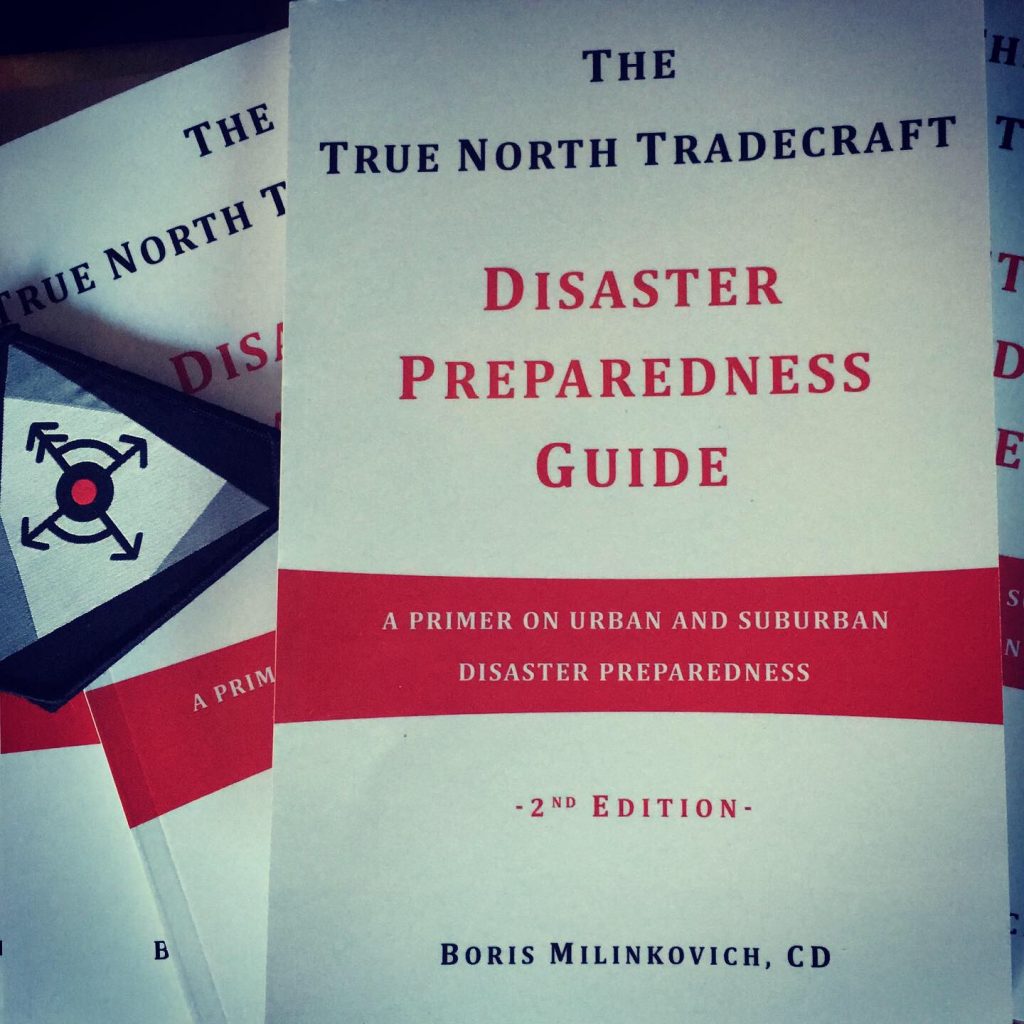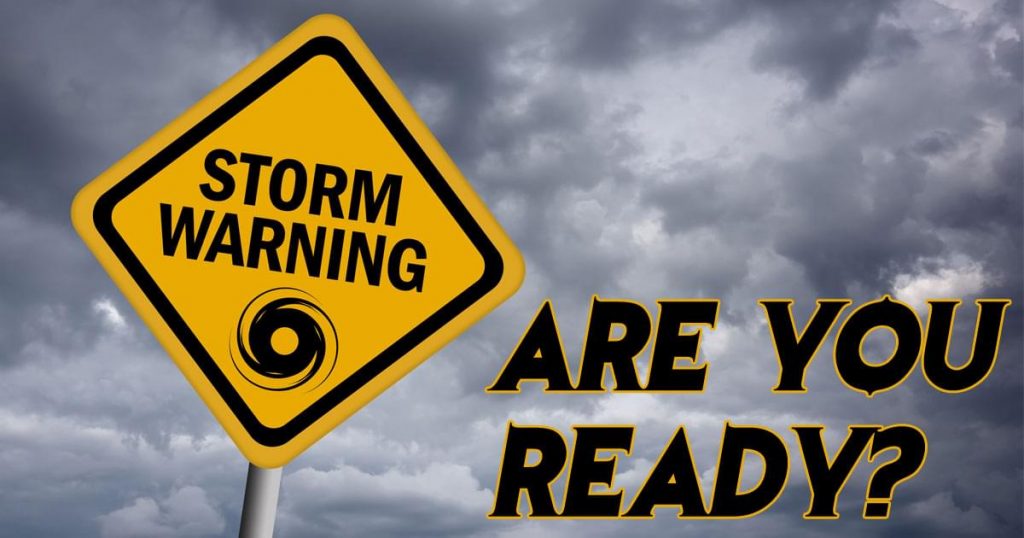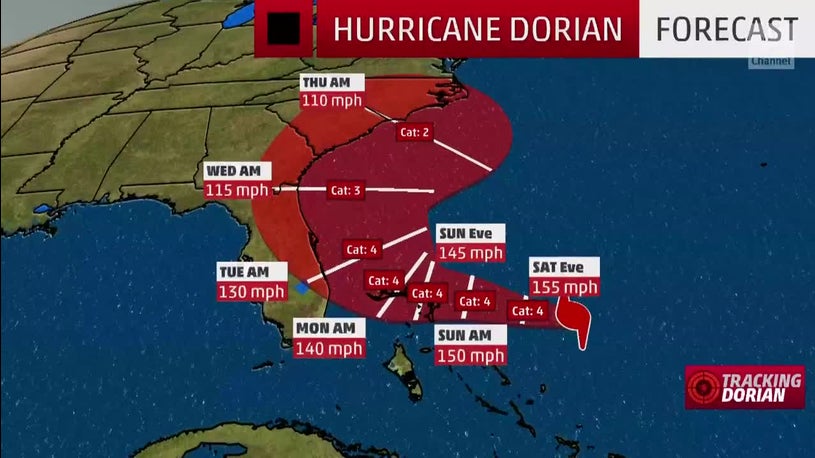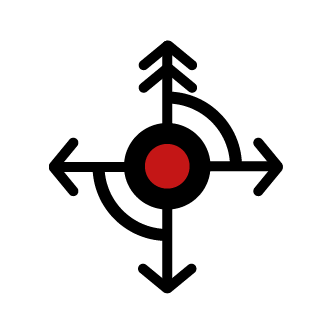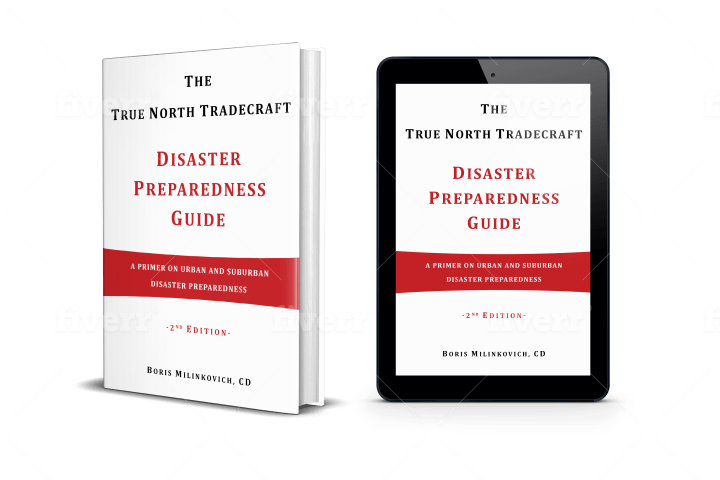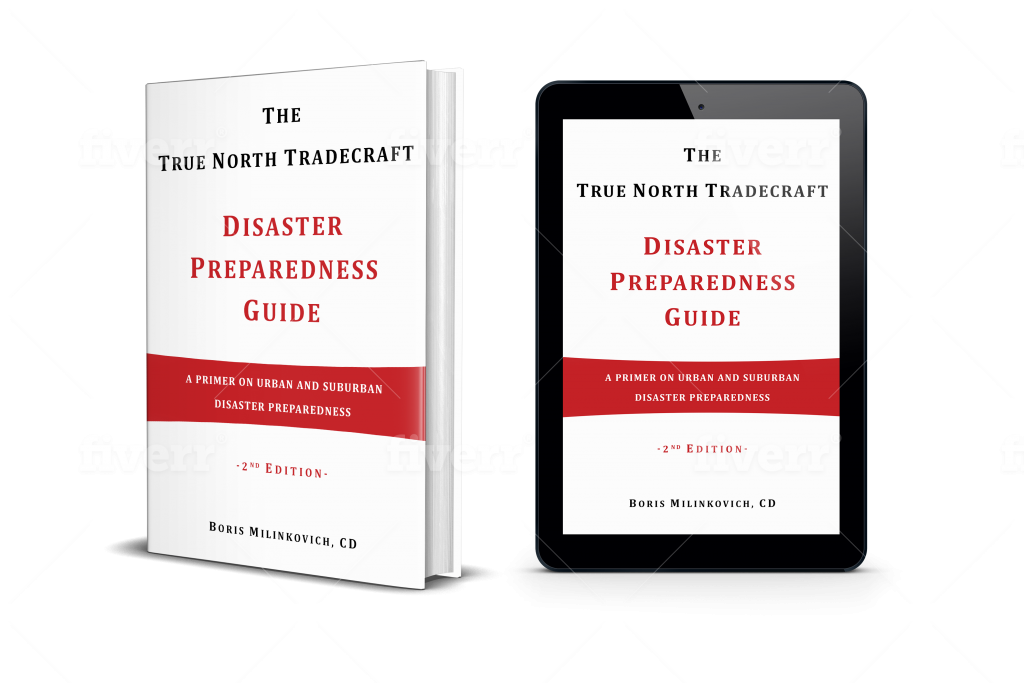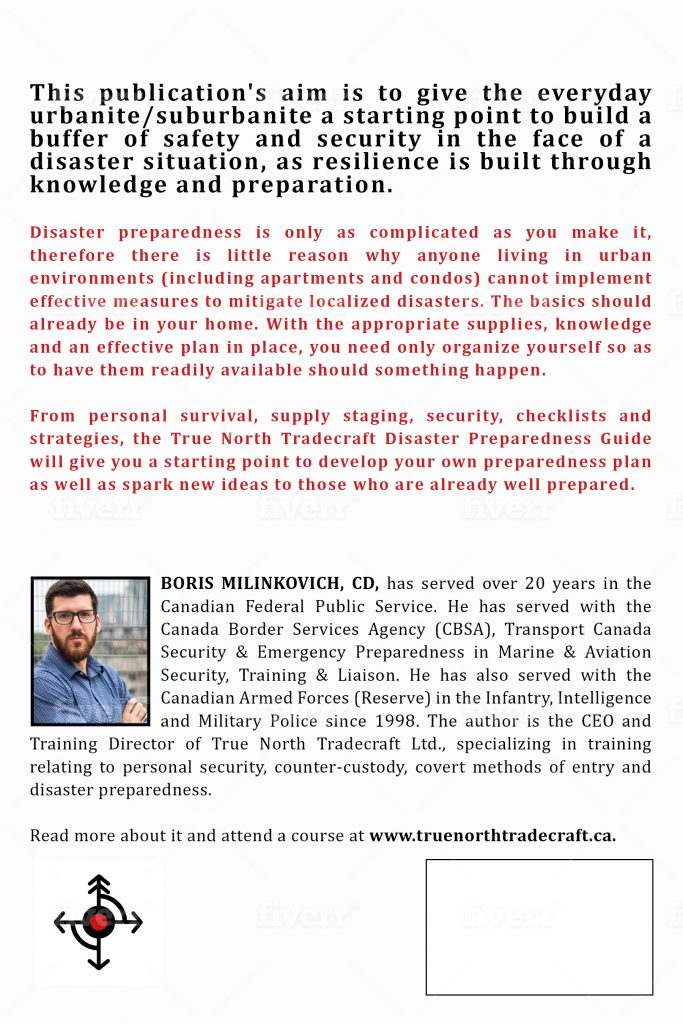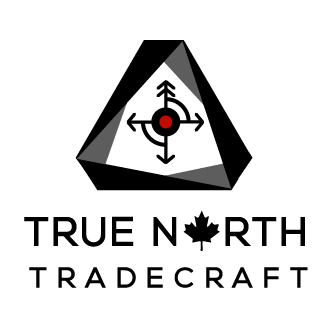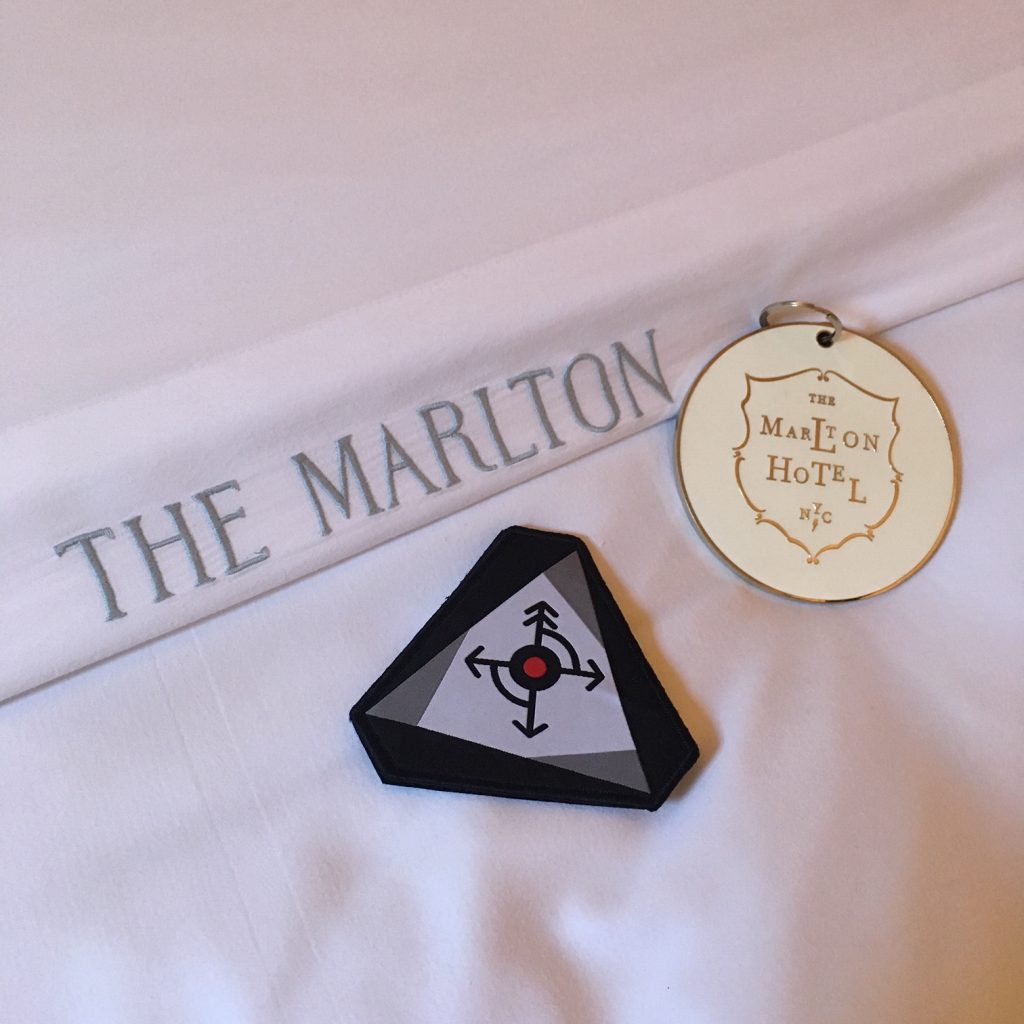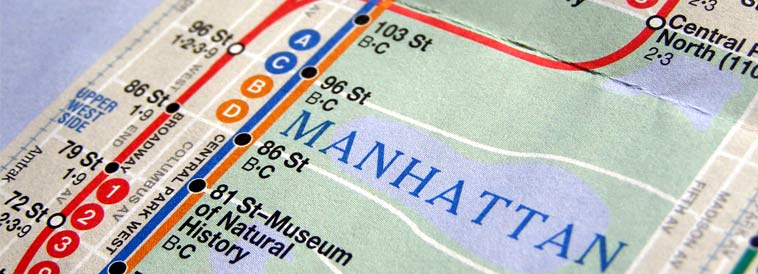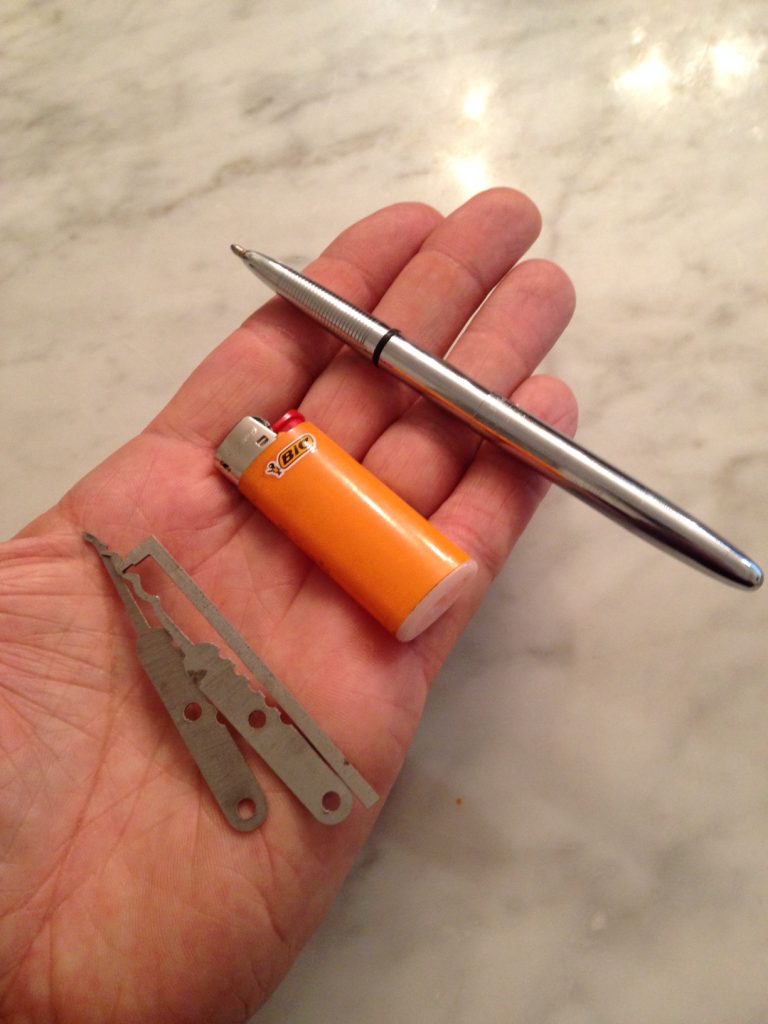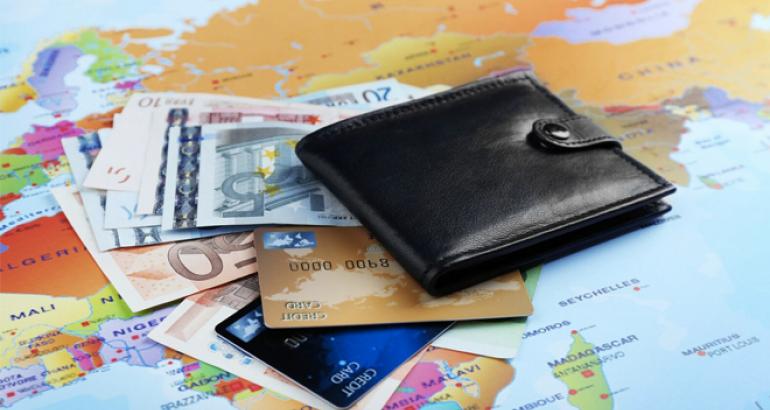For a while now so-called “tactical pens” have been a hotly-debated topic in EDC (Every-Day Carry) and NPE (Non-Permissive Environment) / LPE (Less-Permissive Environment) circles. In many ways, the check the box of a “multi-use” item in the survival world – being both a functional pen and weapon (and glass breaker, bottle opener, screwdriver, flashlight, tactical-tool, and over-priced accessory all in one). From my perspective, most people buy a tactical pen for the weapon capacity and because it makes them feel tough/cool/tactical/bad-ass. Where this goes over the line into the absurd is when the intent of the pen as a weapon in a non-permissive or less-permissive environment comes into play. And you’re not in a profession where you can carry a weapon.
In Canada, where I live and under which I base much of my content on (BECAUSE it is a LPE) not carrying overt weapons on my person on the daily. Attracting attention of the local constabulary because you’re wearing a “tactical pen” with your khakis at Starbucks may be counter-productive for you when accosted by the local weirdo when you walk outside and use said “tactical pen” to defend yourself. When all is concluded, you stand a good chance of being charged with carrying a weapon and then have the onus put on you for the “why”.
On the other hand, carrying a regular pen, which you happen to have on your person, which wasn’t designed to be used as a weapon, will not only NOT draw any attention (either from law enforcement or security when travelling or in no-go areas) but are still capable of being brought into service as a self-defence tool of opportunity.
The photo at the top of this article displays several options for pens which can be used as defensive tools as well as a “tactical pen” (at the bottom). As yourself this: which one looks “scary”? Which one looks like it was designed to hurt someone? The answer is the “tactical pen”.
From the top to bottom: 1) standard BIC crystal pen; 2) Parker Jotter; 3) Fisher Space Pen Bullet; 4) Zebra F-701; 5) Tactical pen – brand unimportant.
Unless I specifically want to grab for a weapon, I’d be picking any of the other pens over the tactical one. If I was on-duty as a Peace Officer then the options are more plentiful. However, as a civilian, I’d prefer to stay away from anything overtly tactical or “scary-looking”. Why? Because the less noticeable and hostile you appear and present as in a confrontation (especially if violence is involved) would see you having to justify your actions. Here in Canada, where things like weapon carry laws, Castle Doctrine and Stand Your Ground laws do not exist, your legal options regarding weapons to protect yourself are dramatically restricted. Your best options are to avoid violence if you can, engage if you must and only resort to a weapon if one is already present or the situation is dire to the point of needing it to survive.
No one (except for law enforcement and some security elements, and criminals, of course) are carrying guns or other weapons about on a day-to-day basis. Therefore, invest your time, effort and money in the principles and methodologies in dealing with violence rather than buying gear. Learn about situational awareness, behavioural analysis, weaponology principles, . ANY pen (pencil, chopstick or knife) can be used to great effect against an assailant if you have skills (software) versus thinking the tool you bought will save you (hardware).
Remember: Training Trumps Gear.
Stay safe & Stay Crafty.
***NOTE: THIS ARTICLE DOES NOT CONSTITUTE LEGAL ADVICE! CONSULT A QUALIFIED LAWYER ON SELF-DEFENCE MATTERS AND APPLICABLE LAWS FOR YOU PARTICULAR JURISDICTION***

